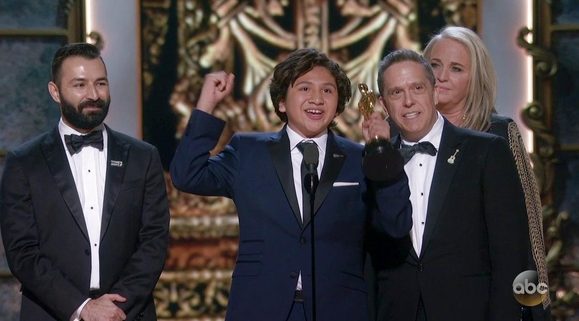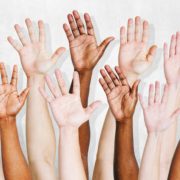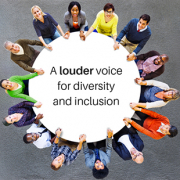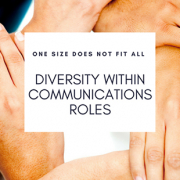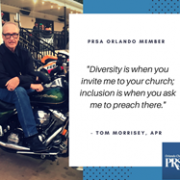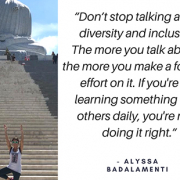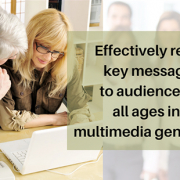Representation Matters
By Alyssa Badalamenti, Diversity & Inclusion Chair
The animated film, Coco, recently won Oscars for Best Animated Feature Film and Best Original Song at this year’s Academy Awards. The film represented a young, Mexican boy who had dreams of becoming a musician; a heartfelt story with culture and diversity beautifully woven in. But it was Director Lee Unkrich’s words in his acceptance speech that really stuck with me:
“With Coco we tried to take a step forward toward a world where all children can grow up seeing characters in movies that look, and talk, and live like they do. Marginalized people deserve to feel like they belong. Representation matters.”
A small fire of emotion lit inside me after hearing this impactful sentiment because it resonates in so many places and among so many matters in this world. And while increased representation advances diversity and inclusion throughout all industries, it’s also directly important to our very own public relations industry. PRSA’s defined role in diversity and inclusion efforts is to reach and involve members who represent a broad spectrum of differences. Students and entry-level roles must be able to visualize themselves as a PR professional, and that goes hand-in-hand with actually seeing the representation of someone similar within our industry.
How else can we aim to involve members and learn from others if we don’t have representation of differences in the PR field? It’s probably safe to assume without researching statistics that several decades ago there weren’t many differences among the working individuals in our profession. Now, we have better resources, better strength, and better representation to include diverse members.
And by having diverse members, we can benefit by educating each other about our differences and provide knowledge and support to help each other succeed in PR. For example, representation of millennials has certainly correlated to evolving types of communication methods. Millennials have built momentum and created a standard in connecting in new ways with the media and the public. Just look at police departments and their ability to communicate faster during a crisis by using social media. And yet, those same millennials are learning what actually to say during said crisis on social media, among many other tactics that come with experience, from their baby boomer peers.
If we continued as a profession to be more purposeful in increasing representation and talking about our differences, public relations professionals will have a continuous back-and-forth learning experience. The opportunities to grow professionally and personally are endless when there’s representation of diversity and inclusion within our own stories.

